3 Steps to Plan Programs for Maximum Impact
By Laurel Molloy, Innovations Quantified
Originally Published on FoundationCenter.org in February 2018
Picture this: You’re a passenger in a car humming down the highway. The driver turns to you and blissfully says, “I’m not sure where we’re going, but we’re making great time!”
Kind of hard to imagine the circumstances that would prompt this kind of statement, isn’t it? And yet nonprofits focused solely on the achievement of their own tasks without a concrete idea of how they’re making a difference in the lives of those they serve are essentially doing just that. They’re heading down a path without a clear sense of where their efforts should be taking them.
The idea that some nonprofits are like that driver comes from the book Leap of Reason, a sector-wide call to action emphasizing the importance of defining your organization’s intended outcomes (i.e., your desired changes and benefits) to maximize impact. For almost 20 years, I’ve been helping organizations do just that. And I can say from experience that organizations can easily fall into the trap of focusing too much on what they do, as opposed to why they’re doing it.
To continue the driving metaphor, I like to compare impact-focused program planning to using your car’s GPS.
Think about it. In order to use a GPS, you must enter your desired end point. Along the way, you may need to “recalculate” due to unexpected roadblocks or opportunities. But the GPS always keeps in mind where you want to end up.
You can accomplish the same thing by identifying your program’s desired impact and then planning accordingly. When you use an outcome-focused framework like a logic model, you can strategically plan your route before you begin. You can factor in the time it will take to complete your activities, the resources you have available and those you need, and other potential variables that may emerge. You can see how all the pieces should work together.
Think of a completed logic model as having an impact-focused “road map” in hand while delivering your program. The map allows you to understand how you’re progressing and to make adjustments along the way, all while keeping a constant eye on your final destination.
These three steps can help you design your “road map” and plan programs for maximum impact:
1. Clarify whom you intend to impact and why. Before you begin to define your outcomes and related services, ask: “Who do I hope will ultimately benefit from my efforts? Are there others with whom I will need to interact to achieve this desired change? What are their related needs and preferences?”
For example, you may run a program that aims to improve the in-class experience of high school students so they learn more and are positioned for future success. But what if your work does not involve any direct contact with the students? Instead you train teachers on classroom management and instructional strategies to apply to their work. In order to effectively deliver your program, you must go into the planning process with clarity about the needs and preferences of both groups: those with whom you’ll directly interact (the teachers) and those whom you ultimately hope to benefit (the students). Otherwise, it’s easy to get lost along the way.
2. Let your outcomes inform your approach. After you’ve clarified whom you intend to impact and why, try to articulate how you hope they will be different as a result of your intervention – both in the short-term and long-term. You might ultimately seek changes in their behavior or condition, but what kinds of short-term changes in access, knowledge, attitude or skill are critical to getting there?
As anyone who has struggled to stick to a New Year’s resolution can tell you, short-term outcomes are often key to achieving more meaningful and lasting change. Being clear about them upfront will help ensure your approach is purposefully designed to support them.
3. Consider there’s more than one path. Just as a GPS often illustrates various routes, planning with an impact focus can uncover more than one feasible approach. If you start by taking the steps outlined above first, you may discover that the way you thought you had to go or the way you’ve always gone is not the only way. In fact, by letting your outcomes drive your activities, you may discover an even more efficient and effective route to success.
Not sure if you have the time to use a logic model to plan ahead? Well, just remember your reaction to the quote above. Do you want to be someone who wastes time and energy on a trip with no clear purpose? Or do you want to take a little time to strategically map out your programs with an outcome focus? Get started on the right path. Avoid wasting valuable resources. And put yourself in a position to maximize your impact.
In her upcoming webinar, How to Plan Programs for Maximum Impact, Laurel will expand upon the above tips and guide you through how a logic model can help you focus on what matters most. You’ll see how your program’s resources, activities, and intended outcomes are interconnected, and therefore how best to organize your efforts to effect change.
